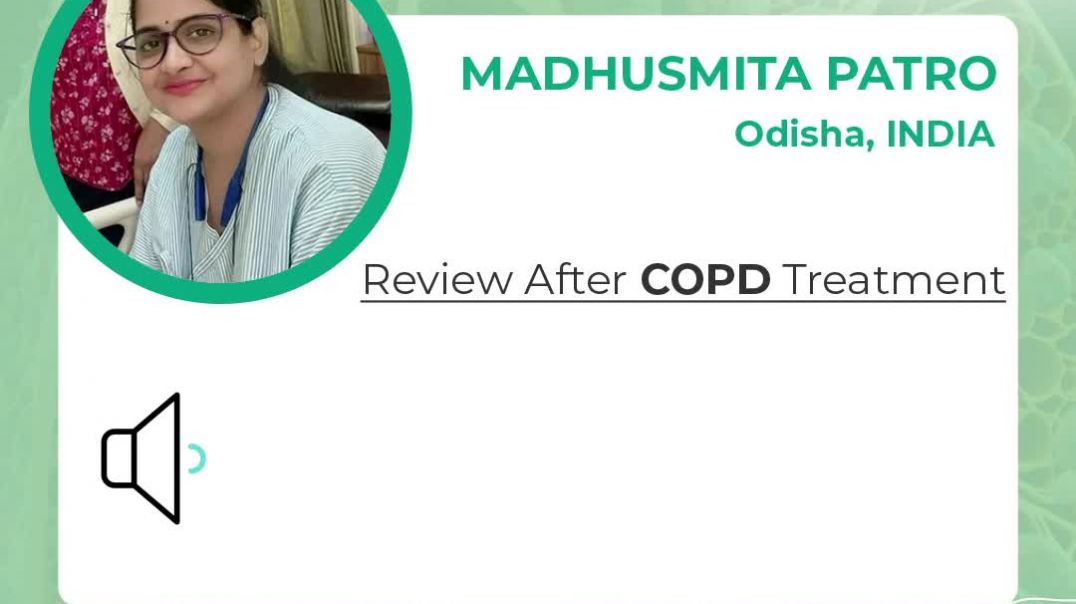BASAL CELL CARCINOMA OF THE EYELID, HUGHES FLAP. TRIPIER FLAP FOR RECONSTRUCTION
Hello friends, I am Doctor Adriana Dávila, this time with a basal cell cancer resection plus reconstruction with Hughes flap and Tripier flap.
We begin by marking 5 millimeters from the tumor to do our resection and infiltrating with local anesthesia. We can do this surgery with local anesthesia and light sedation. Here we are marking where we are going to remove the Tripier flap, which consists of skin and muscle from the upper eyelid for the reconstruction of the lower eyelid. I like to leave 10 millimeters of skin under the eyebrow so that the patient does not have post-surgical lagophthalmos problems. We begin with the incision with a scalpel in the limits that we previously marked and later with Stevens scissors we remove the tumor and its margins. This is a tumor that is extremely attached to the deep plane and bone, so it is a bit complicated to remove it completely at the beginning. Here we remove it and see the defect and do a little hemostasis with cautery, but not much since what we are looking for is good vascularization of the area.
Once we see our defect, we proceed to further clean the area where there is cancer and confirm the clean bed. To begin our reconstruction of the posterior lamella, we place a point on the gray line of the upper eyelid and place the demarres retractor for upper eyelid eversion. We are going to proceed to start with our Hughes flap with sub conjunctival lidocaine and epinephrine, we mark 4 mm from the upper edge of the tarsus, I do it with cautery. With a scalpel, we dissect conjunctiva and tarsus, and with forceps and Westcott, I proceed to dissect the conjunctiva and tarsus from the upper part, which is what we are going to place on the lower eyelid. We need to leave at least 6 mm on the upper eyelid margin so that it maintains its shape and has support. It must be remembered that the upper tarsus measures 10 millimeters. We proceed to suture the flap to the medial edge of the lower eyelid defect and to the periosteum hammock. We use this periosteum hammock when we do not have tissue to anchor them after resection. The orbital rim is dissected and a periosteal flap is taken, which is everted so that it can be anchored to the tarsoconjunctival flap. We use the deperiostizer to lift the periosteal flap or periosteal hammock. We proceed to release and suture the tarsus to the periosteum hammock. You have to do this at the bottom and top. We make a tarsal strip on the upper eyelid, dividing by lamellae and removing the eyelid margin where the meibomian glands are to prevent the formation of epithelial cysts. The upper eyelid is sutured to the periosteum hammock with 5-0 prolene. We see how our reconstruction is taking shape and we proceed to make the Tripier flap, which consists of taking skin and muscle from the upper eyelid to place it on the lower eyelid. We perform the dissection with Westcott to maintain the vascularization of our flap as best as possible and we place it in the area where we want to have it, we close the upper eyelid with 6-0 prolene and we have to give some stitches in the perioribtary periosteum to be able to lift the cheek and that it has support in the periosteum. We give some deep stitches with vycril 4 -0 to support the cheek. Here we are giving the points to the periosteum and later to the muscle, and in this way we traction and support the cheek. We perform several of these sutures along the defect that we are reconstructing and this reduces our defect. We use the malleable retractor to protect the balloon and proceed to close the defect. In post-operative care you must leave an ointment with antibiotic and anti-inflammatory and patch it for a few days so that it contacts the vascular bed.
This is a photo after a six weeks and already with a nice lower eyelid and clean surgical edges.























SORT BY-
أعلى تعليقات
-
أحدث تعليقات